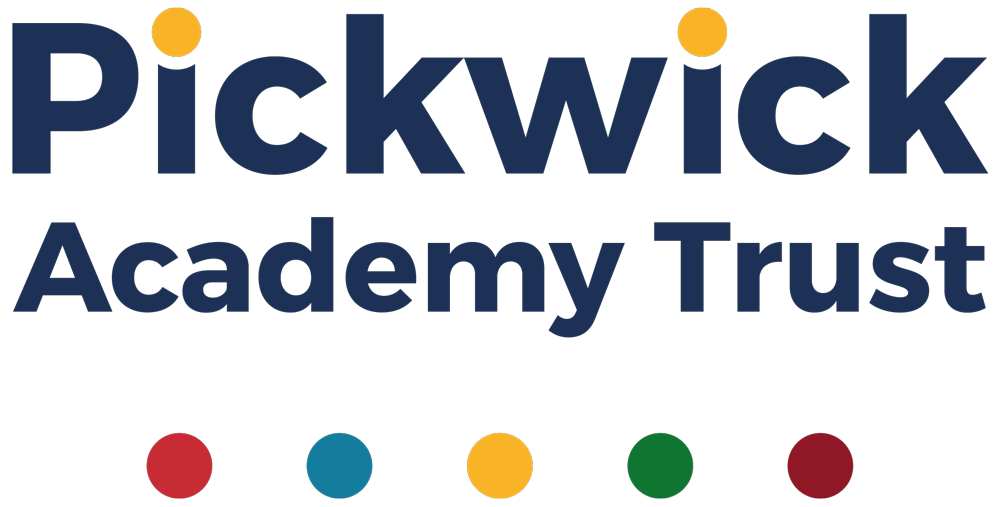Reading at Home
RECOMMENDED READS BY YEAR GROUP
Please click on the links below which will take you to recommended reads for individual year groups:
Reception : https://www.booksfortopics.com/booklists/recommended-reads/reception/
Year 1 : https://www.booksfortopics.com/booklists/recommended-reads/year-1/
Year 2 : https://www.booksfortopics.com/booklists/recommended-reads/year-2/
Year 3 : https://www.booksfortopics.com/booklists/recommended-reads/year-3/
Year 4 : https://www.booksfortopics.com/booklists/recommended-reads/year-4/
Year 5 : https://www.booksfortopics.com/booklists/recommended-reads/year-5/
Year 6 : https://www.booksfortopics.com/booklists/recommended-reads/year-6/
Reading with your child
Taking an active interest in your child’s learning is one of the best ways you can help your child to do better in school and in life. Learning is not just about what happens in school. Children are learning all the time through what they see, hear and do.
A little reading goes a long way!
- Remember: a good 10 minutes is much better than a difficult half hour!
- Plan a quality, quiet time to read together.
Strategies and Reading Behaviours
In school children are taught a range of strategies they can use to help them work out unknown words. For example:
- Phonics - If they can sound the word out using the phonics they know then encourage this as the first strategy
- Using the picture as a clue (this is not cheating!)
- Using picture clues along with the initial letter in the word
- Predicting what the word could be from the context it is in.
As children’s reading skills develop they adopt a range of good reading behaviours. These include:
- Reading from left to right and matching each spoken word to a written one
- Recognising errors
- Re-reading to correct and re-reading to check
- Making meaningful but not always accurate guesses
- Reading with expression
As children progress further they:
- Use punctuation
- Follow print with their eyes
- Search for information in the print
- Read more fluently
- Use letter clusters to attempt new words
Reading with your child
Book Introduction: Spend time introducing the book (see example questions to help)
Strategy Check: Ask your child “What can we do if we get stuck on a word?” Listing the strategies refreshes your child’s memory and gives them the confidence to tackle a new word.
Independent reading: During this time try to remind your child of strategies rather than giving unknown words.
Returning to text for questioning: (See question examples to help.) This is an important part of the reading session as it enables you to see if they have understood what they have read. More confident readers will also be able to return to the text to find out answers to questions.
Important points to remember
- Allow your child to read to the end of a sentence without interrupting.
- Share the title rather than asking them to read it if the words are unfamiliar.
- Remind your child to point to each word individually rather than continuously run their finger underneath if they are still learning to match one to one.
- Alternate saying well done or that was good by telling your child what was good.
- Remember not to expect your child to work out a word that is not in their vocabulary.
- Alternate the strategies you suggest rather than giving the same strategy prompt e.g. sound it out.
Remember, we all learn more when we enjoy what we are learning!





